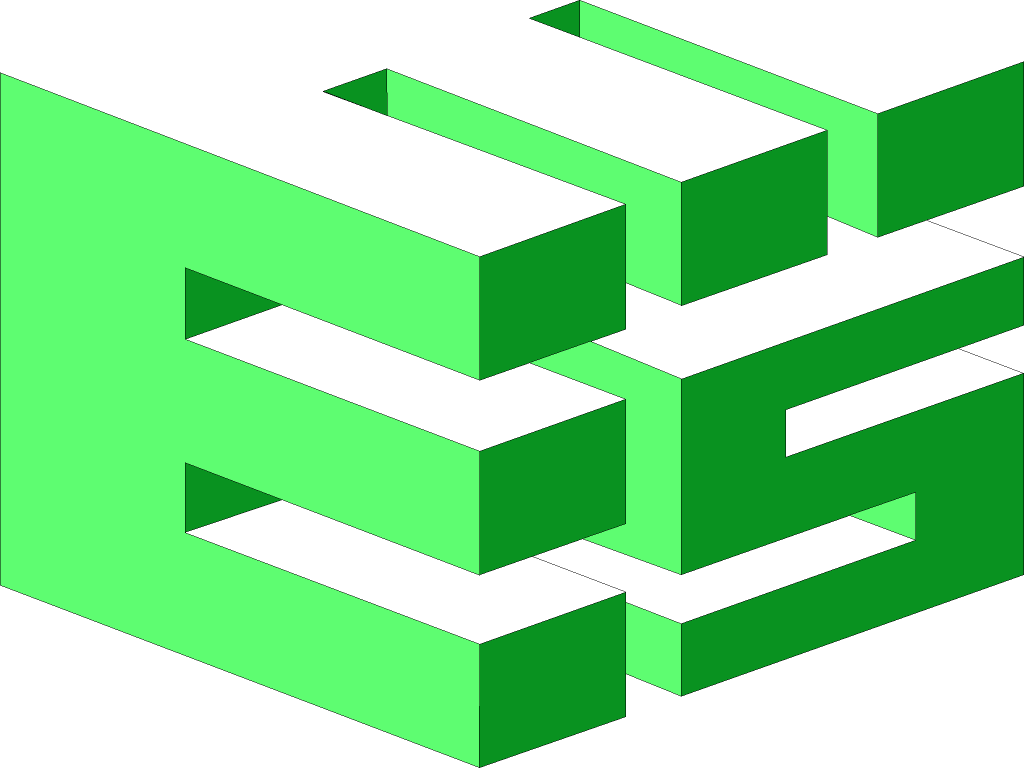
Engineered Energy Solutions offers a unique approach called “SpecDoComm” for structuring profitable partnerships to lower project risk and total cost of ownership for large project bid situations.
For more information on SpecDoComm, download the PDF.
When large projects involving PLC-driven control systems powering critical infrastructure, such as a chilled water plant or a transportation tunnel safety ventilation system, are awarded to the lowest bidder, the control system portion is often subsequently bid to a subcontractor who may or may not have experience in its intricacies, offering mixed results for the project’s success. Further, a sub-optimal control system will continue to provide a poor outcome in the form of higher than necessary monthly utility bills and demand charges driving up total cost of ownership (TCO). Commercial and industrial projects involving automation are susceptible to a number of issues that need to be mitigated to reduce risk. SpecDoComm is a better way, offering lower project risk and lower TCO.
The SpecDoComm approach ensures the success of a project by breaking it into three separate pieces: specification, installation, and commissioning. Hiring a control system integrator (CSI) with in-depth process knowledge and expertise in the given type of project separate from the installation contractor lowers risk by allowing the end user to choose experts who perform their tasks in a professional and cost-effective manner for an on-time and in-budget project.
Phase 1 – “Spec” (Specification)
The end user selects a CSI to provide the front and back services for the project. This integrator will develop a control concept with the end user’s participation to fully automate and optimize the process. The CSI designs the control software for the project. The sequence of operations is:
- P&IDs (piping and instrument drawings) to ISA standards
- PLC specification detailed with all cards
- Communication architecture
- Wiring diagrams
- Wiring pull sheets
- I/O point lists
- Panel build layouts
- Instrument interface diagrams
- Development of the graphical user interface (GUI)
- Installation details and instructions
- Commissioning plan
The CSI will also ensure that the purchase and installation of the hardware is made in strict compliance with the specifications and plans.
The end user chooses the CSI from a group of candidates who are qualified for the task:
- Previous experience on similar projects
- Qualification of the engineer’s staff
- Visit to a site the CSI has completed
Once selected, the engineer then develops the project specification in detail, which includes:
- Specification of hardware required to implement the solution
- Detailed plans for panels, wiring diagrams, locations, etc. for bidding purposes
- Bid format with bidding instruction
This phase 1 work will allow the end user to solicit bids from qualified contractors to install the project.
Phase 2 – “Do” (Do the Install)
The installing contractor will provide field installation of the controls, instrumentation and wiring plus terminations and will be supervised by the phase 1 CSI for an on-time and in-budget install. As built shop drawings will ensure that the end user is left with an up-to-date representation of the installed system.
Phase 3 – “Comm” (Commissioning and Startup)
The commissioning and startup include the testing of all software activities to fully prove the system, including failure and recovery routines. The CSI is responsible for designing software to enable the hardware to accomplish the automation project’s mission. These sequences of operation are developed and tested (factory acceptance test, FAT) while the installation of the project is being completed.
Once the installation is complete, the installation contractor and the CSI initiate the startup of the project in the site acceptance test (SAT) and run through the required scenarios.
The commissioning phase will also include the end user’s personnel who will operate and assume responsibility for the system, which includes field and classroom training. The CSI will perform near-end warranty checkout to ensure all components are performing to specification prior to the warranty’s expiration, guaranteeing that the end user has a working system at project close.
Organizing the project using SpecDoComm is the safest way to guarantee success. For more information on how Engineered Energy Solutions can reduce risk on your next project, please contact us.
For more information on SpecDoComm, download the PDF.


